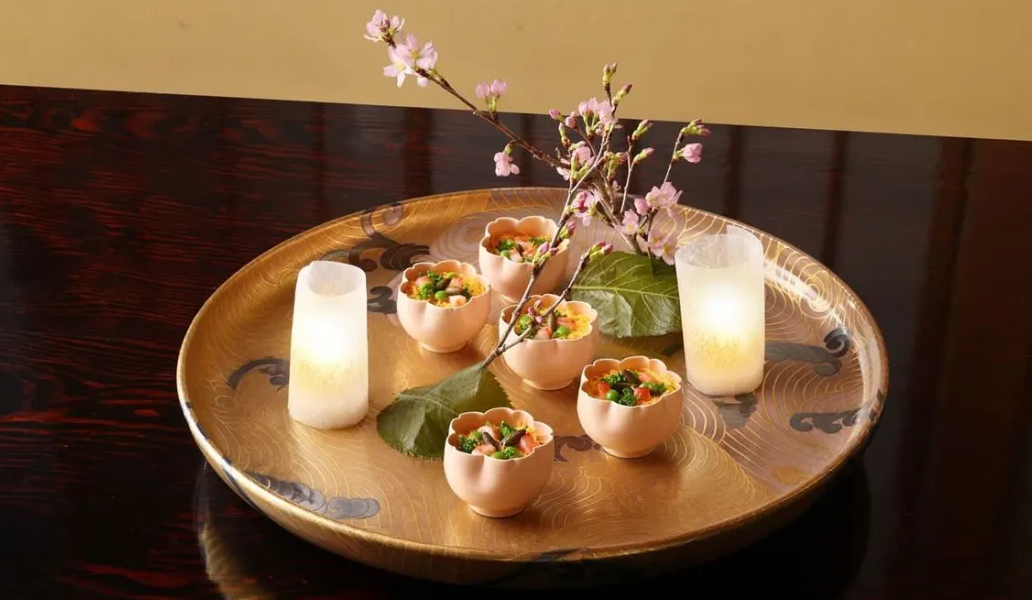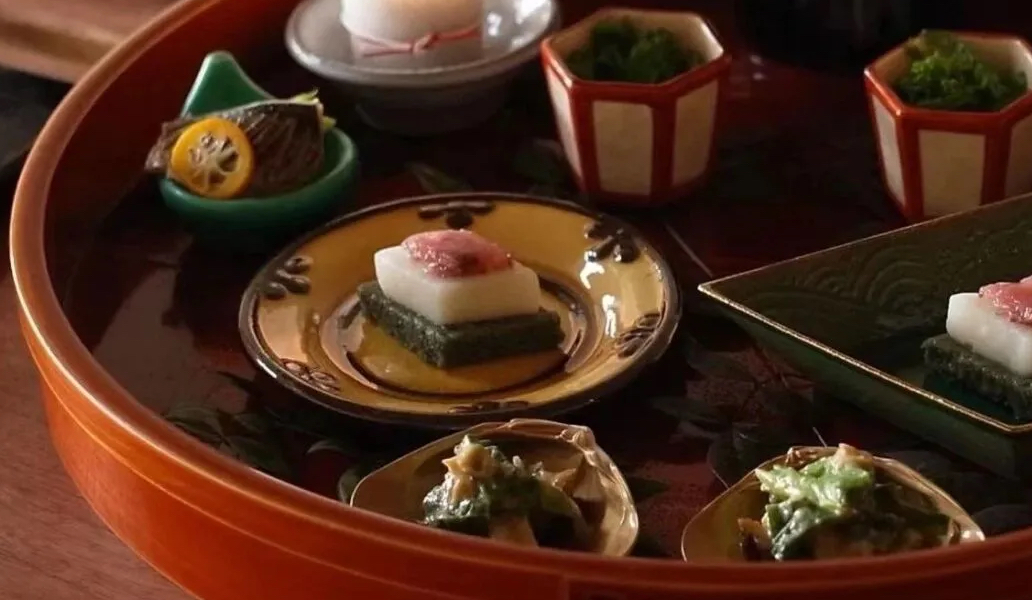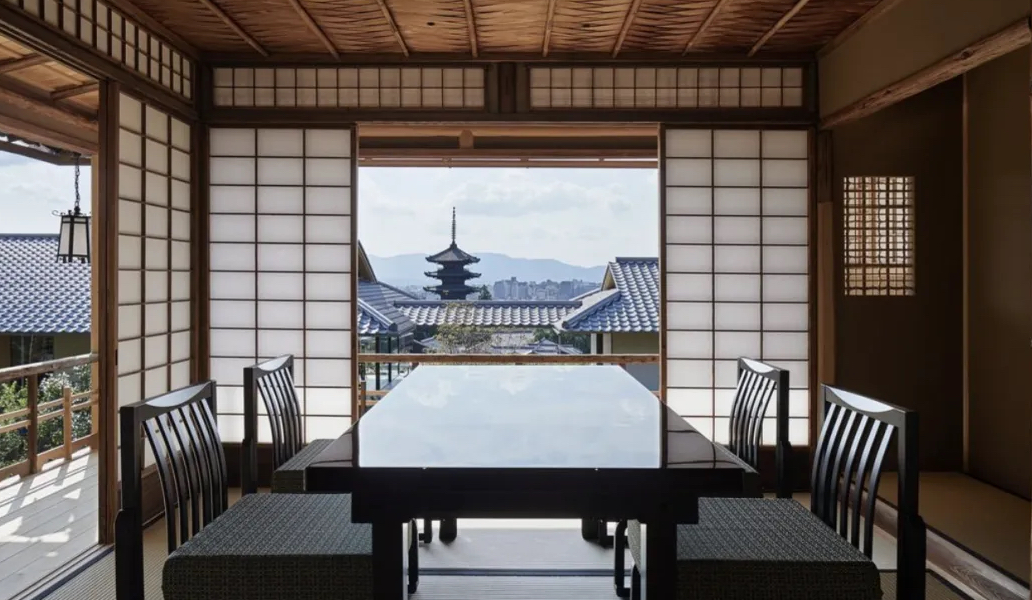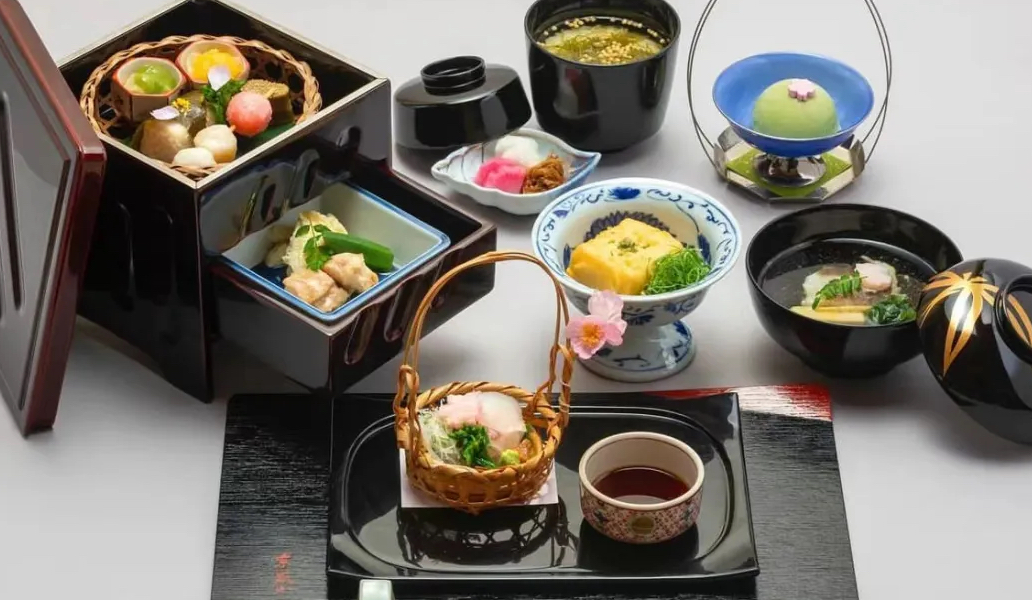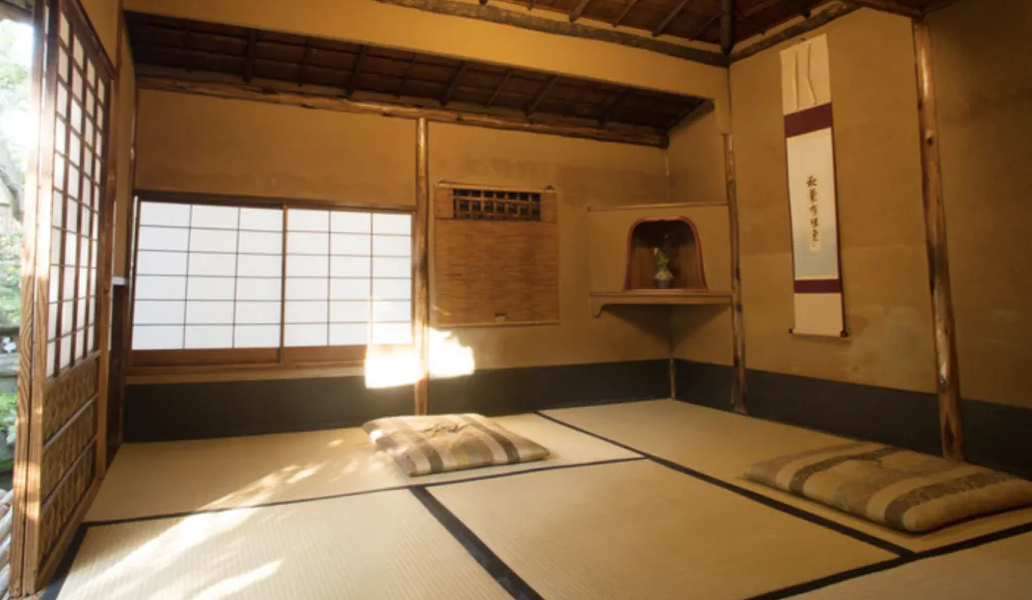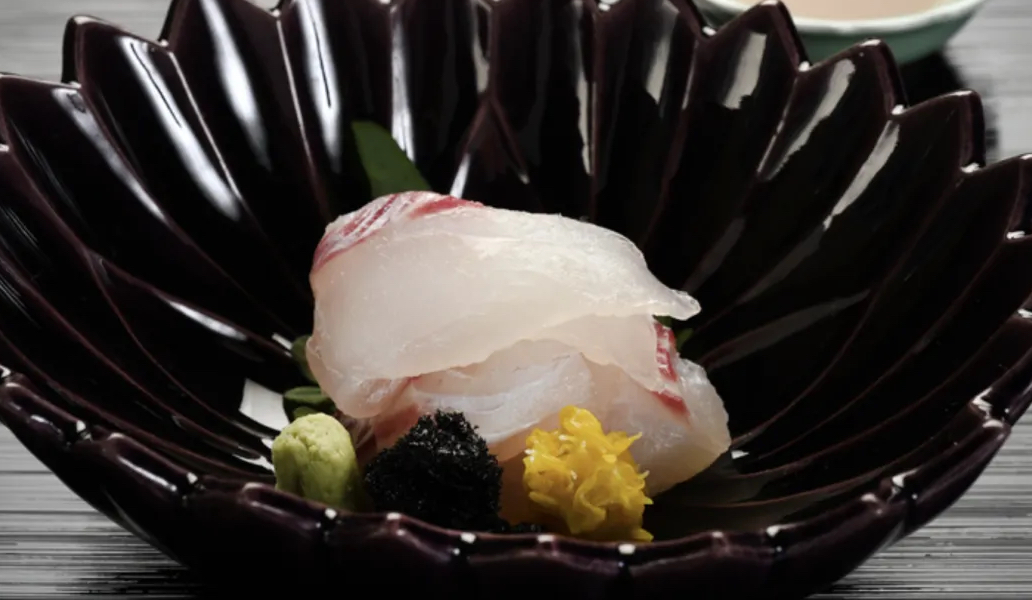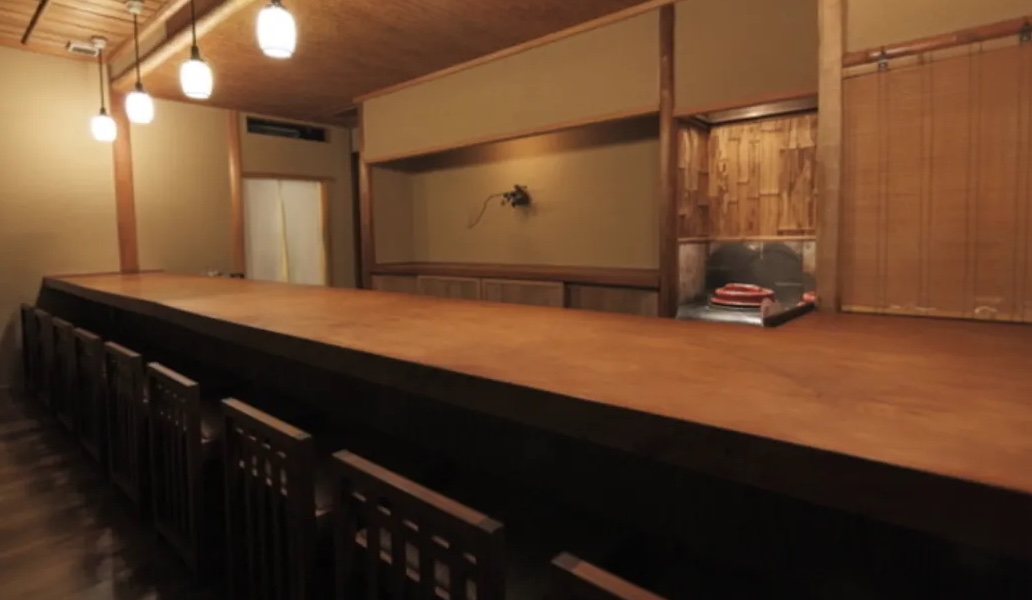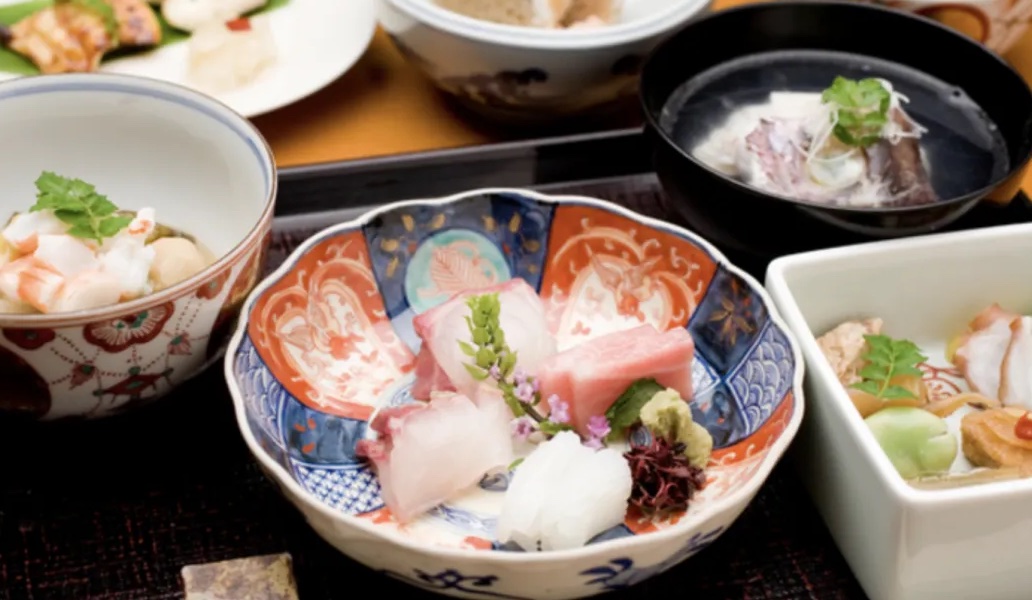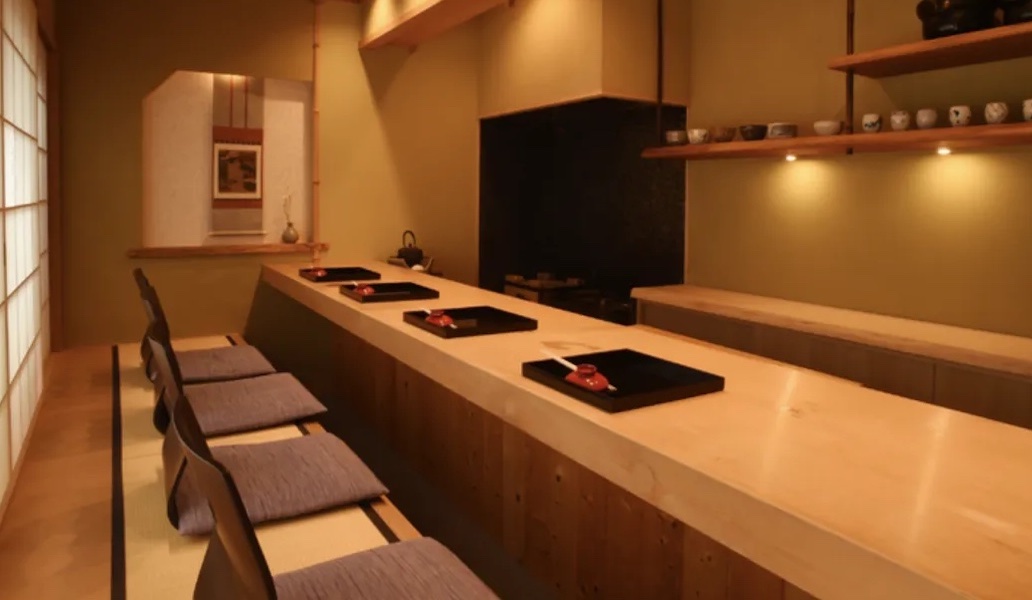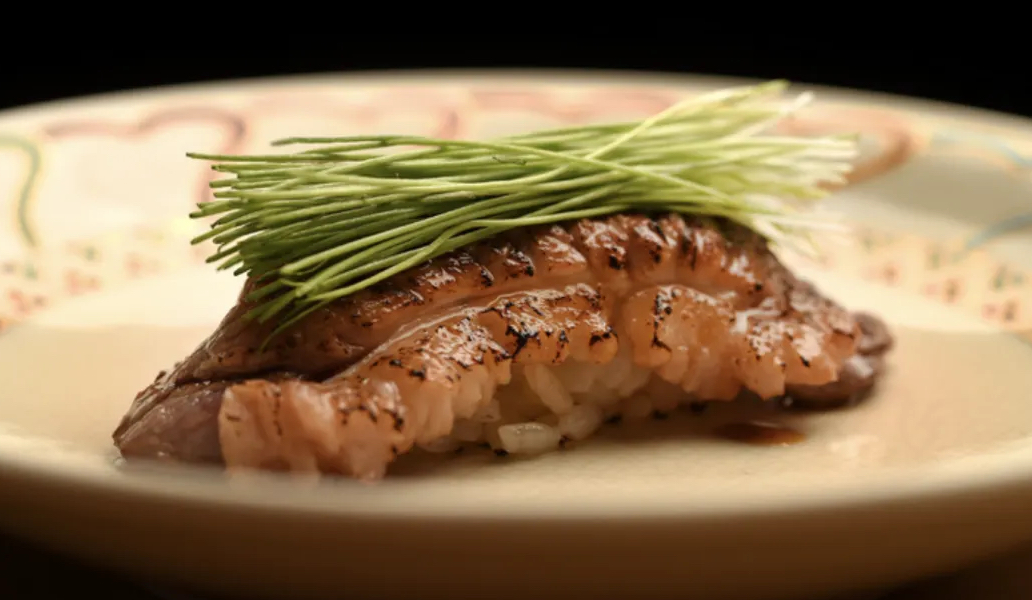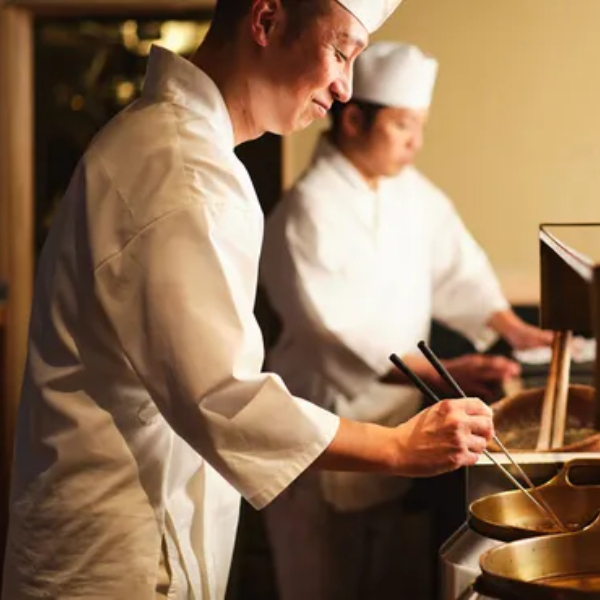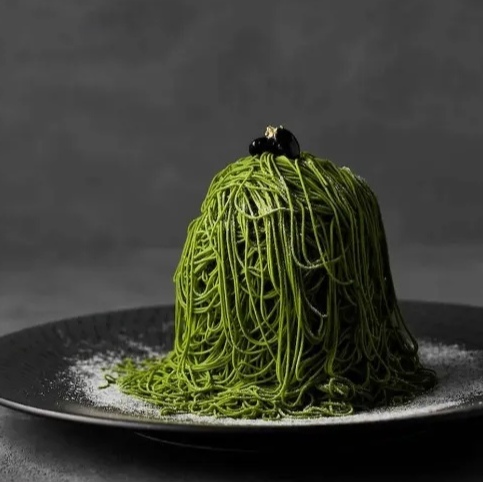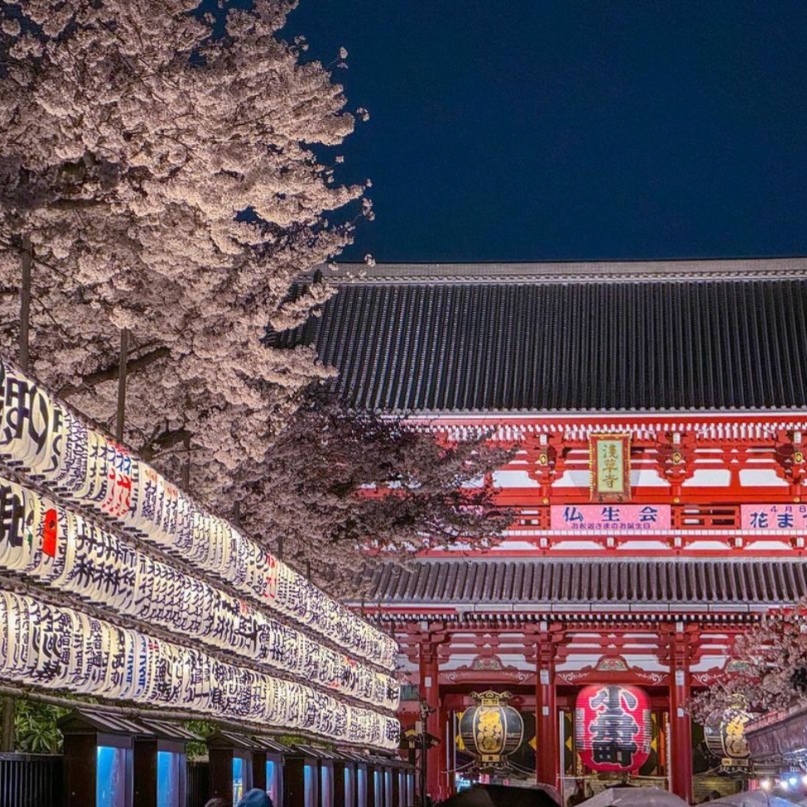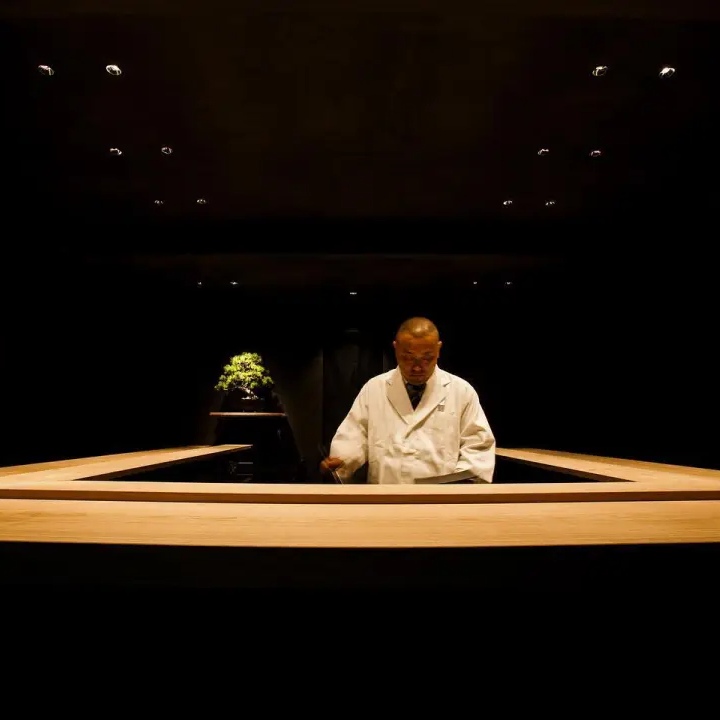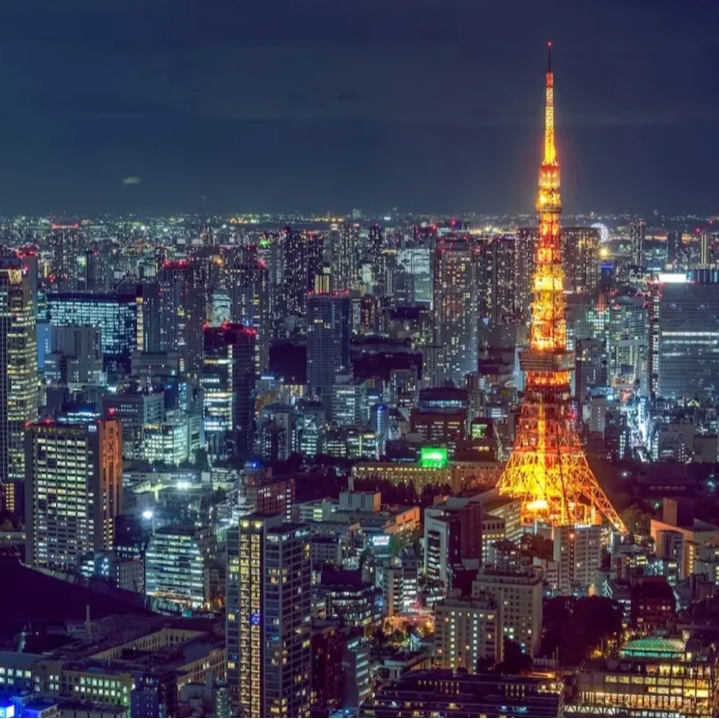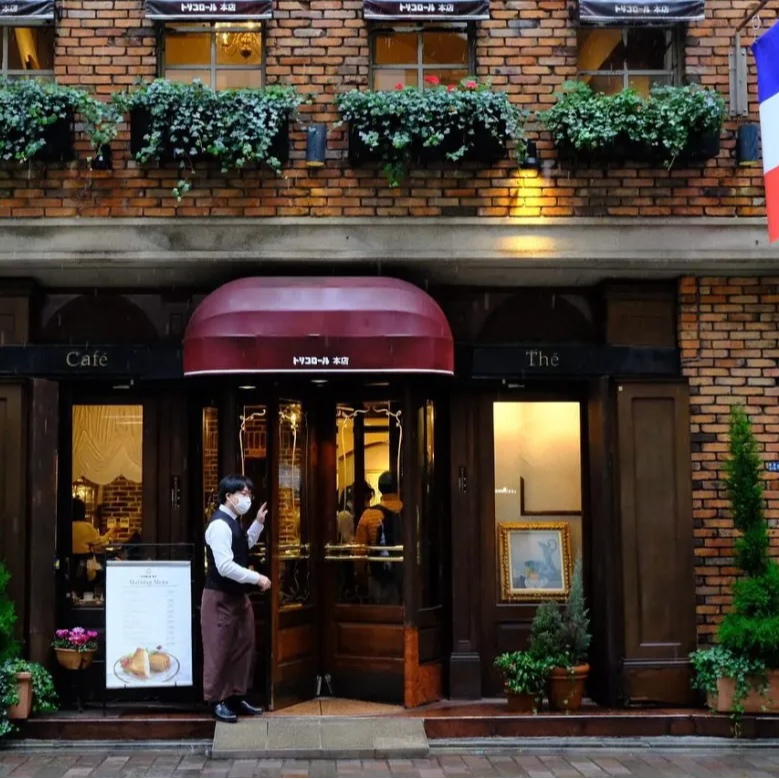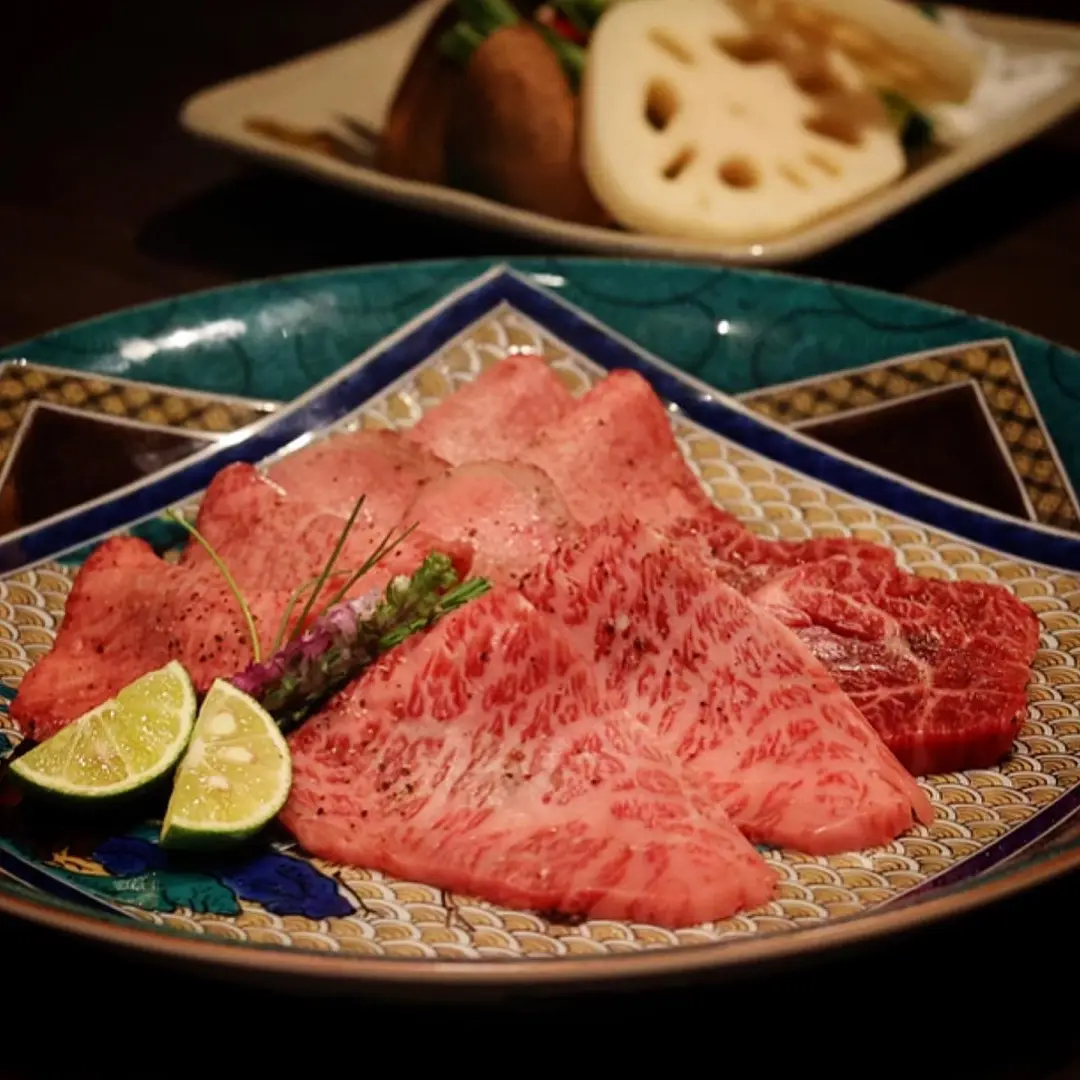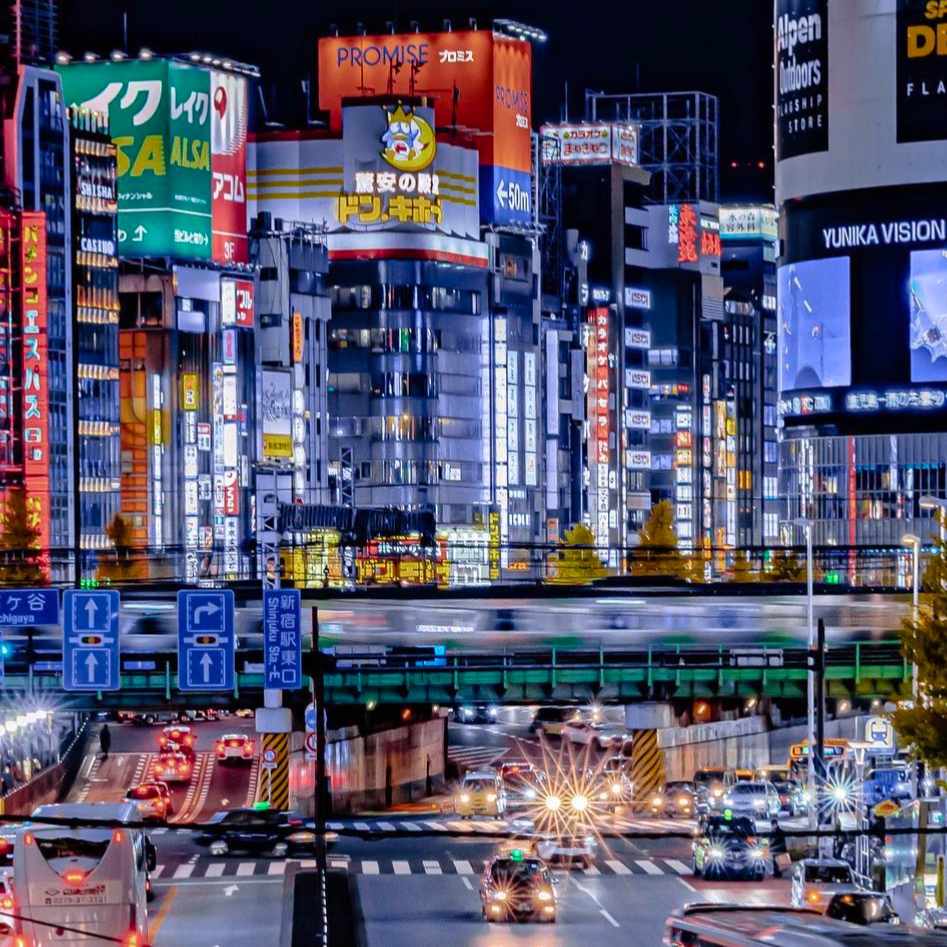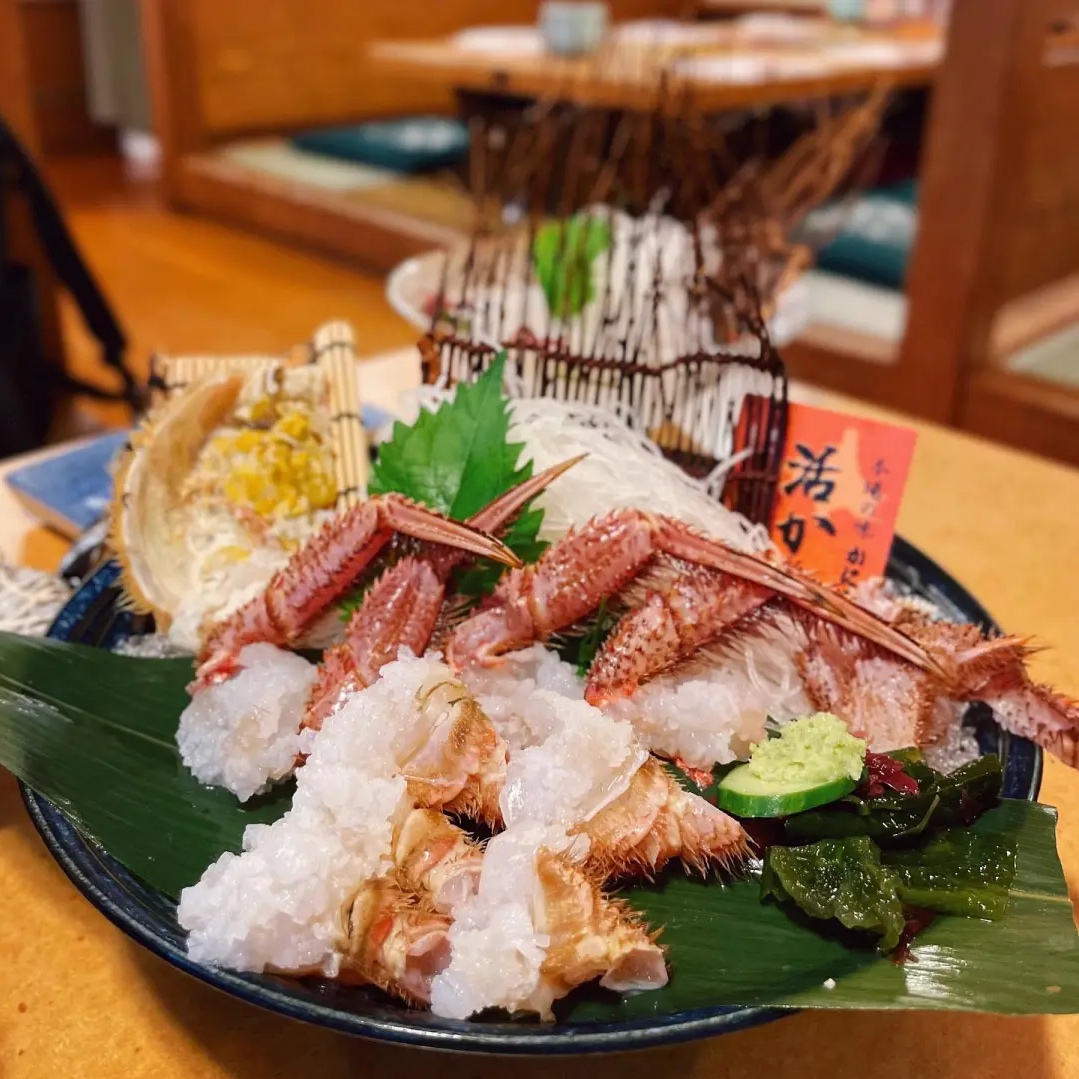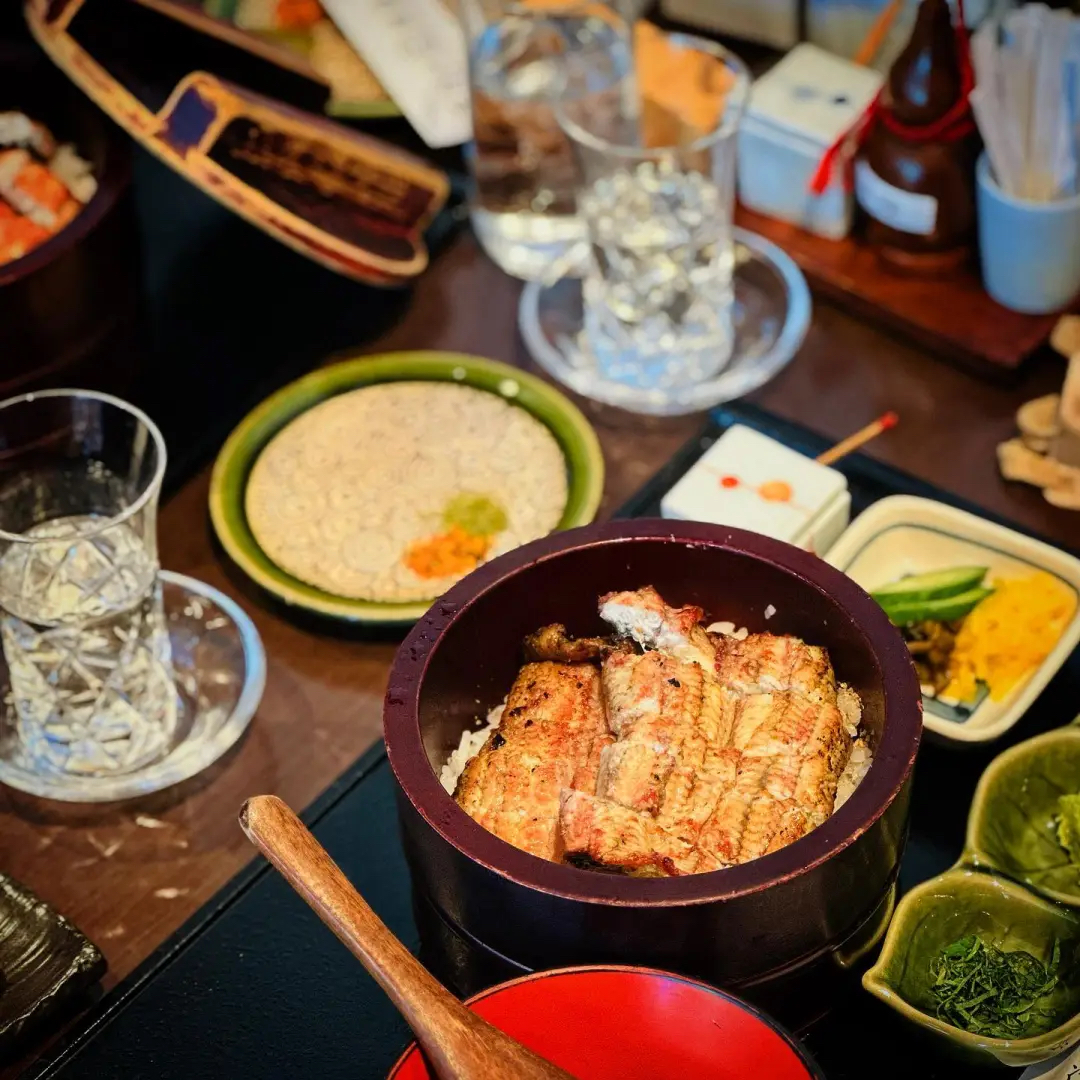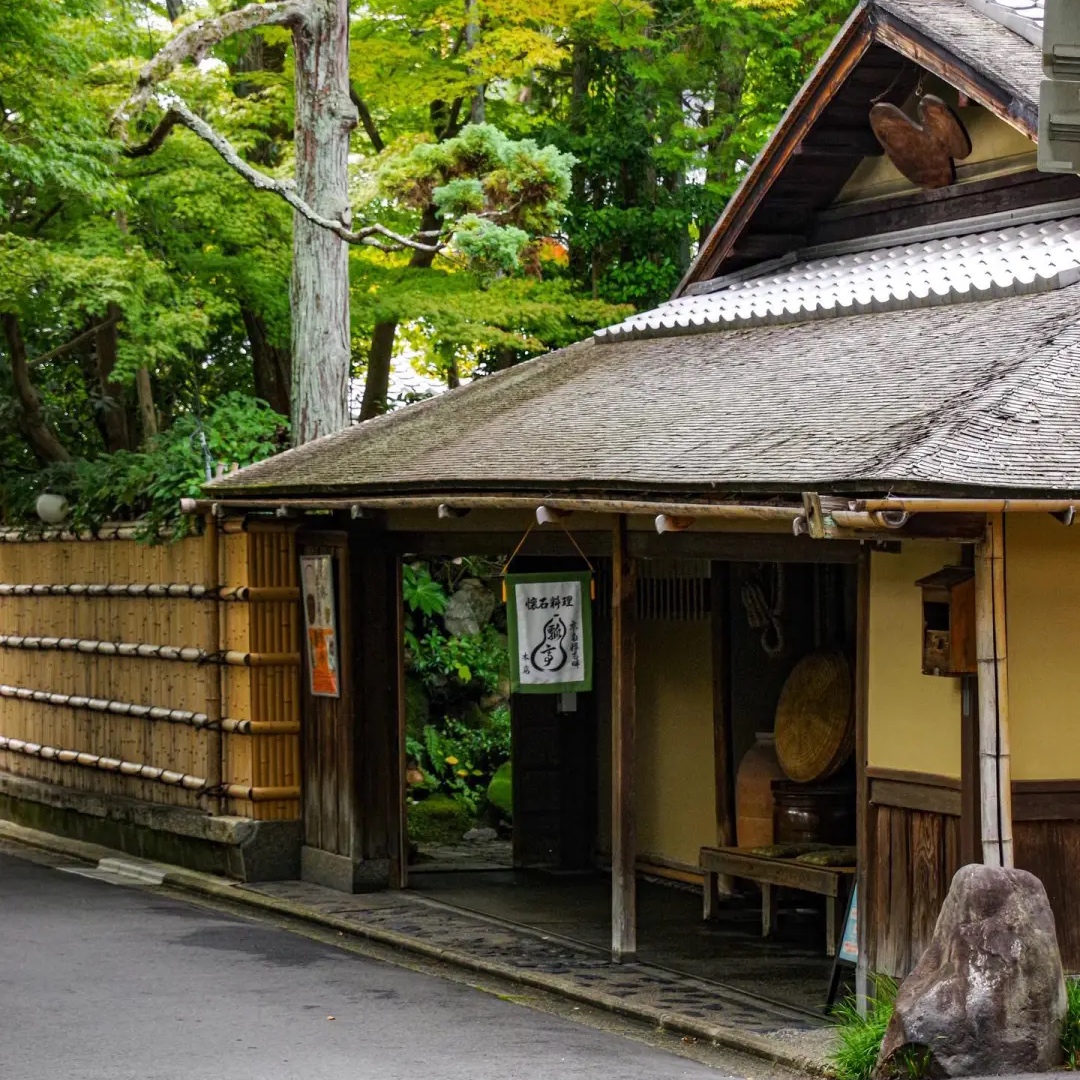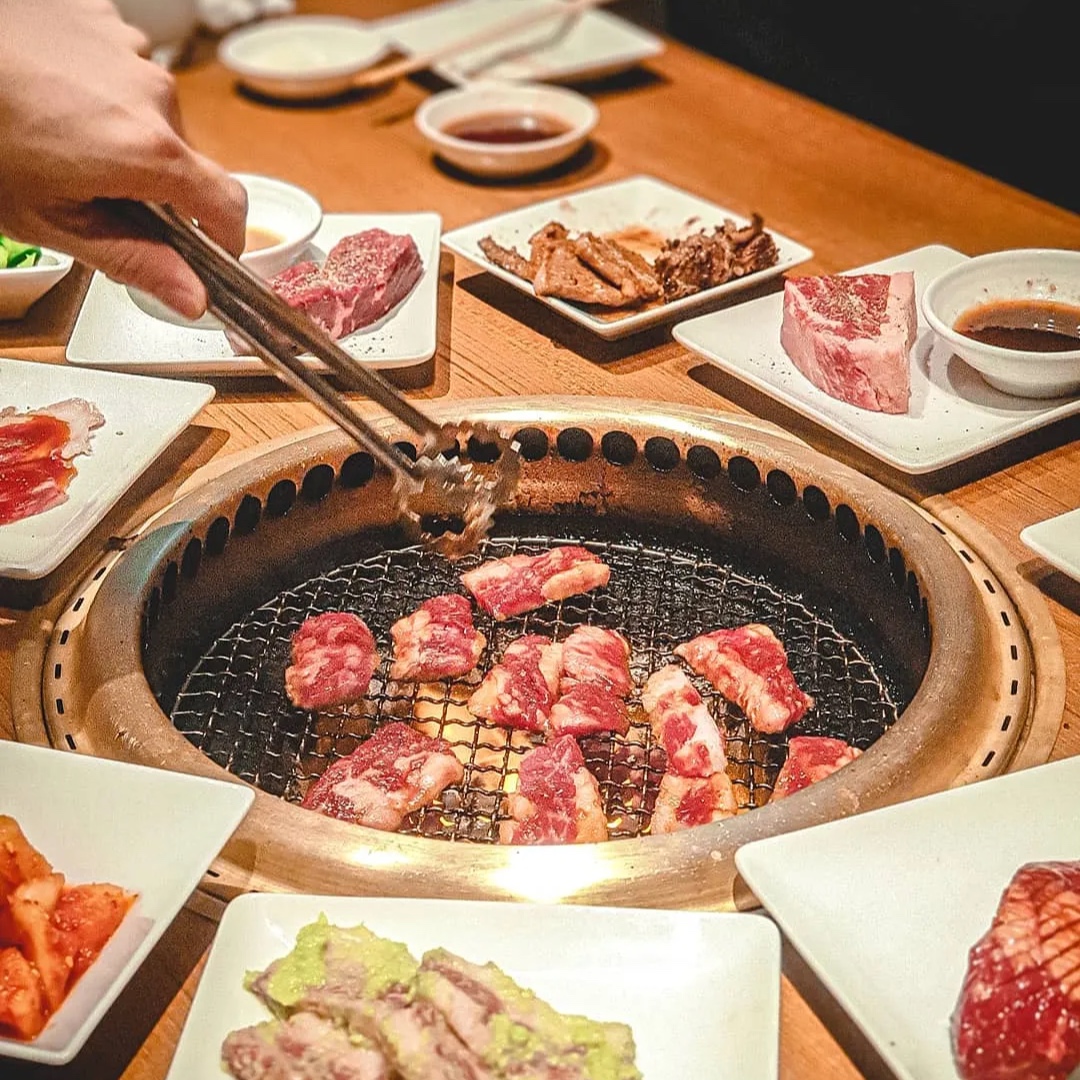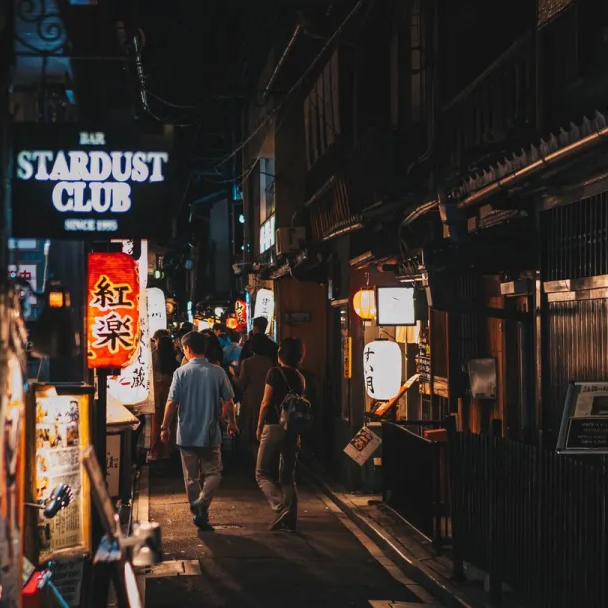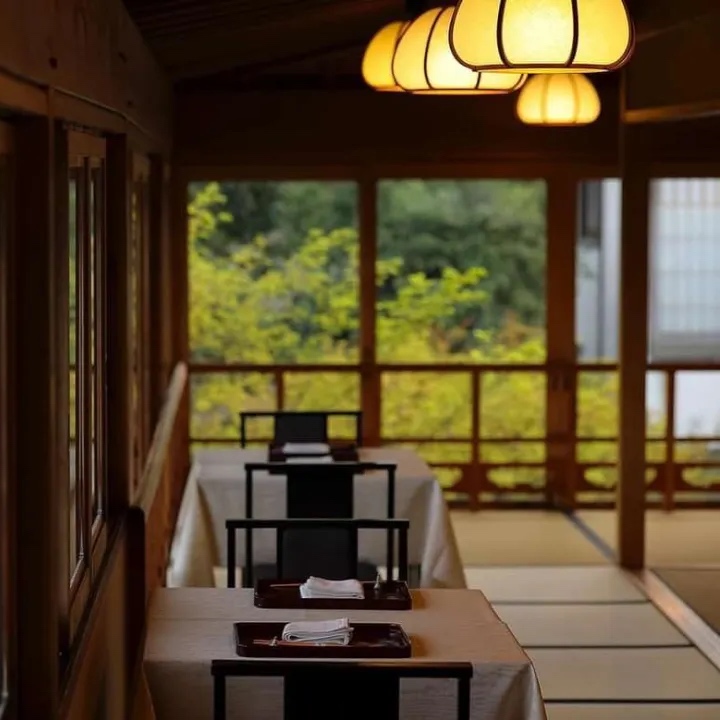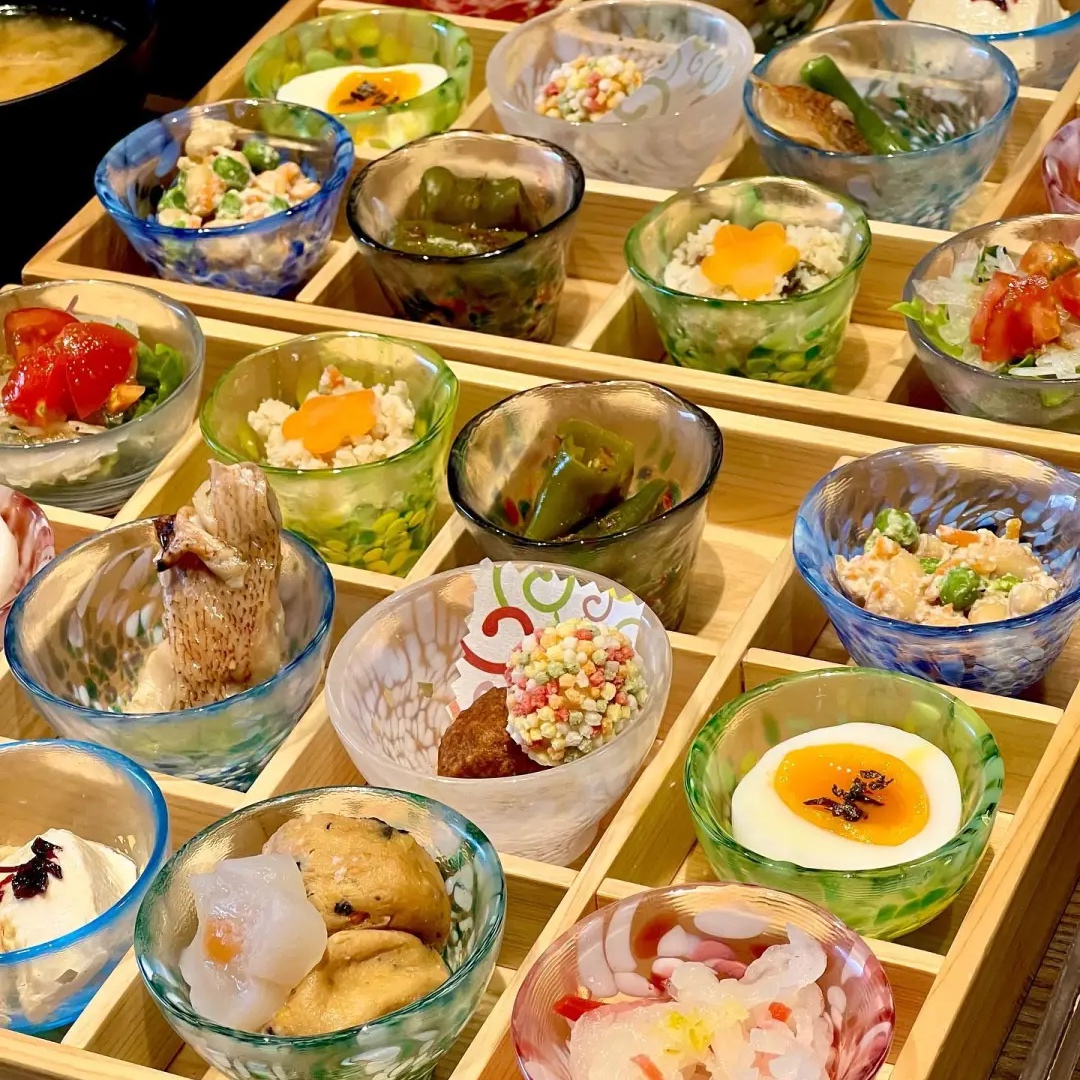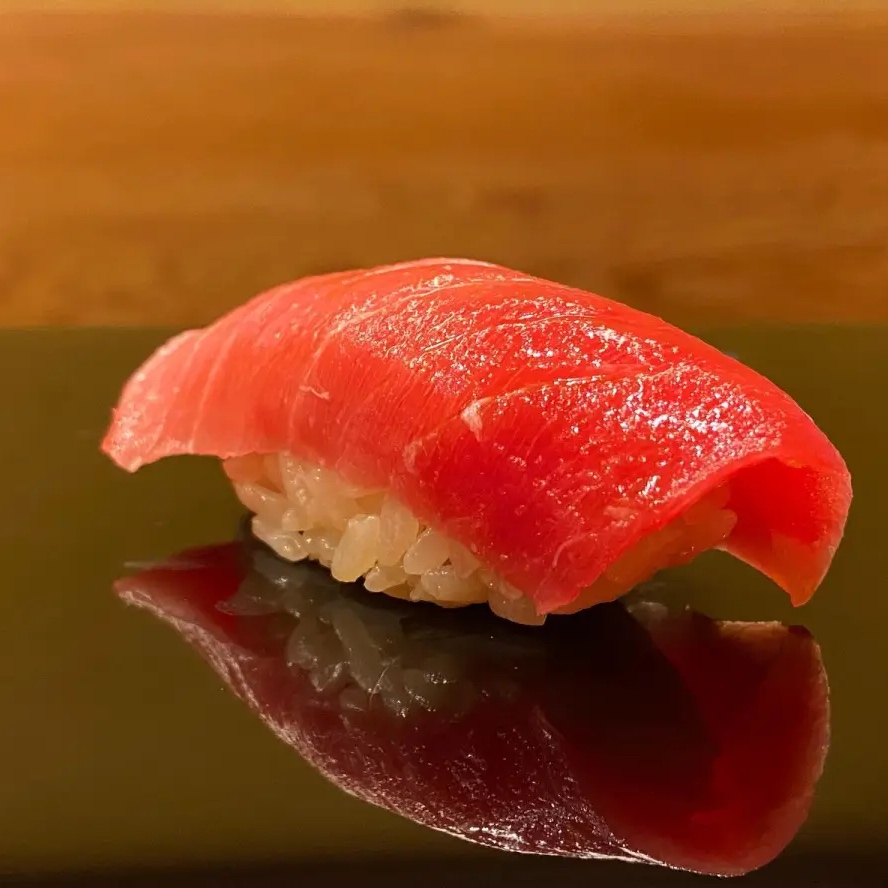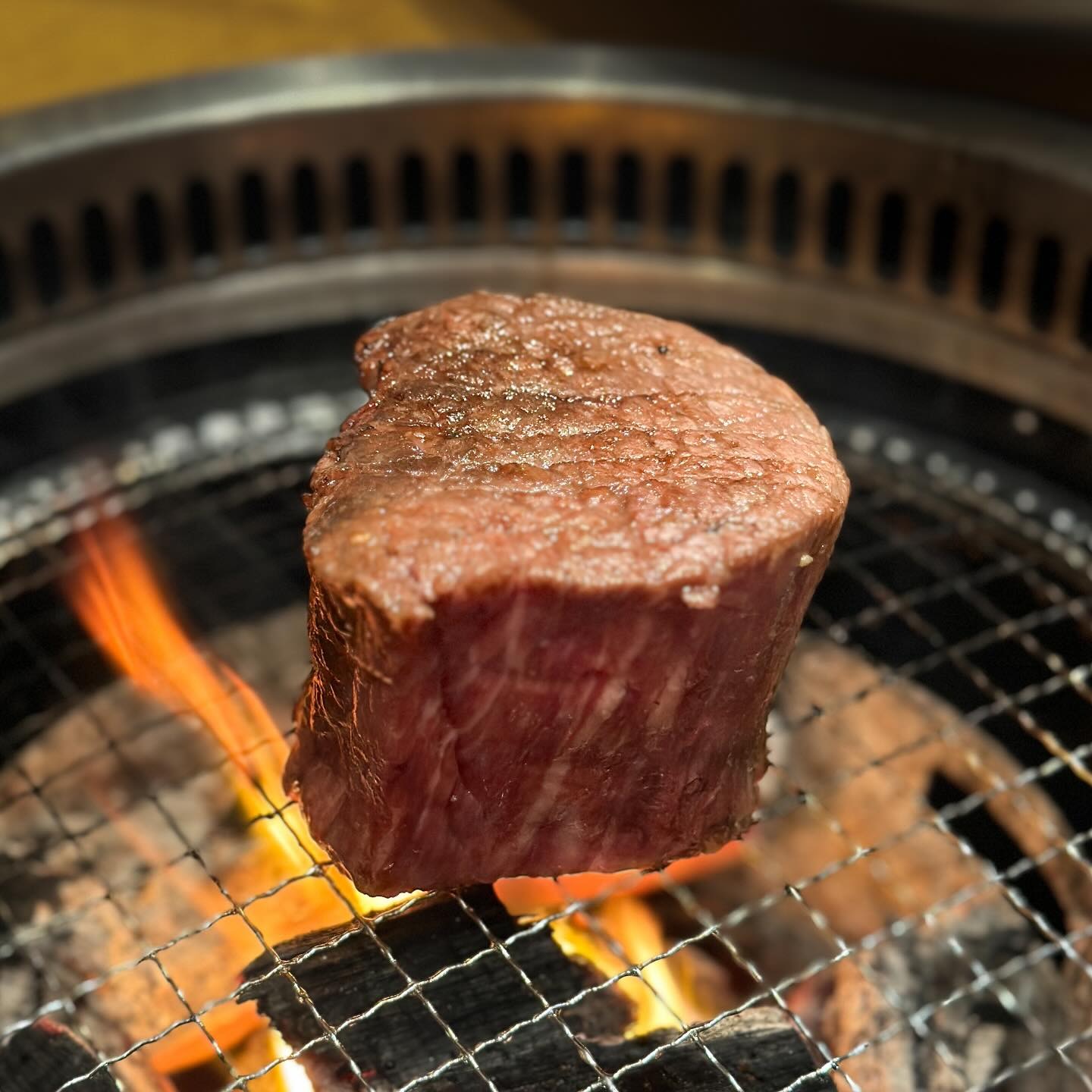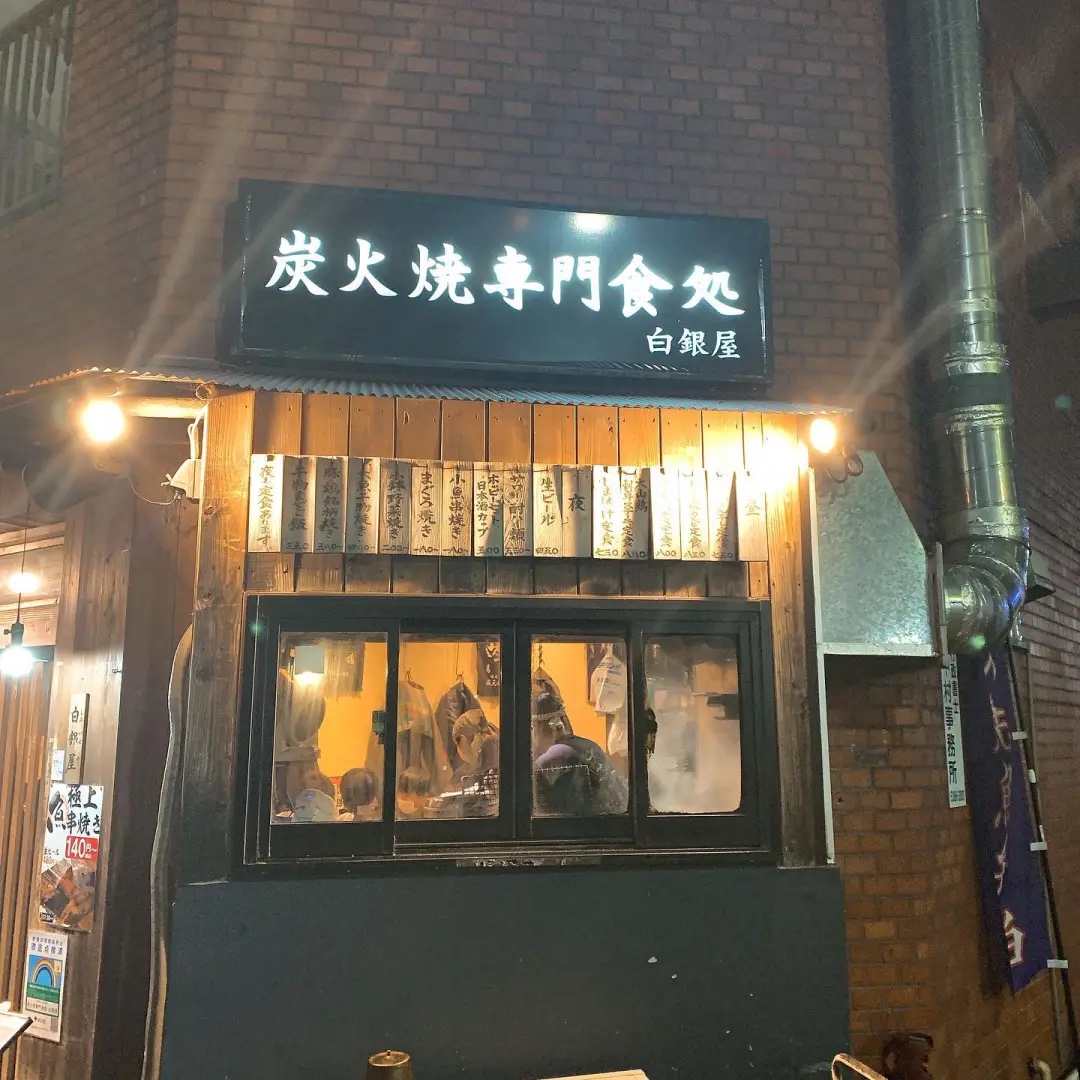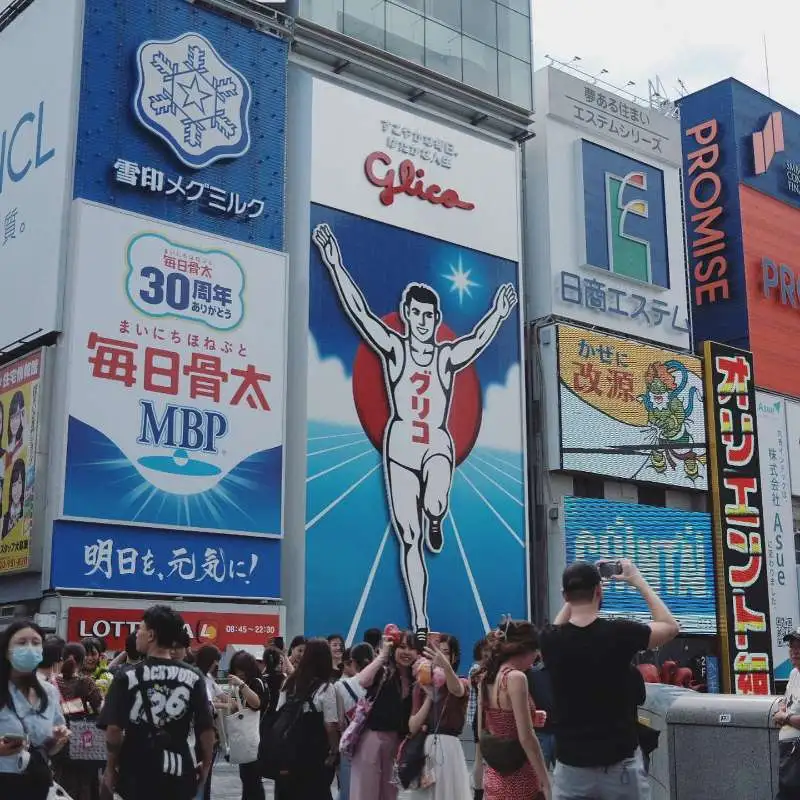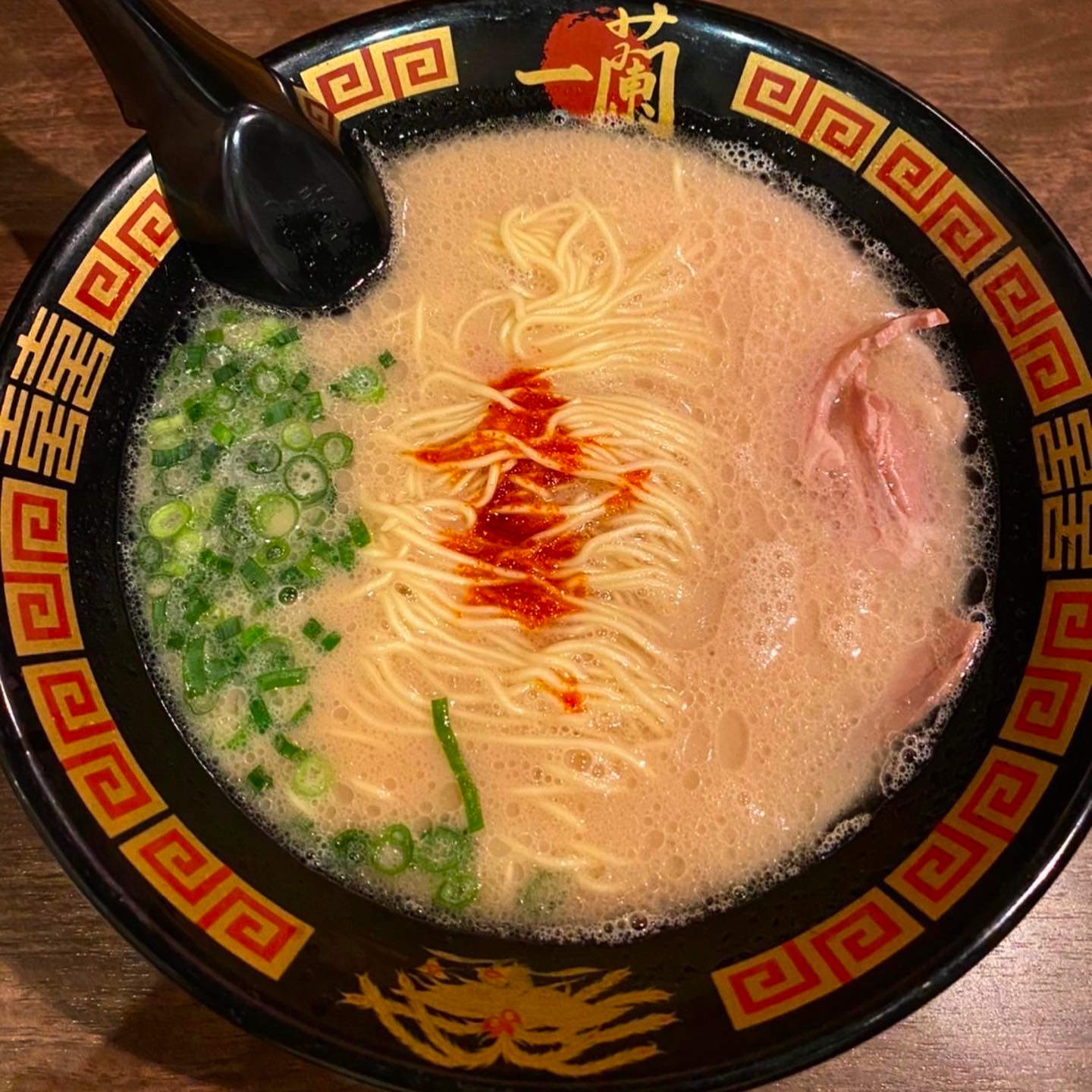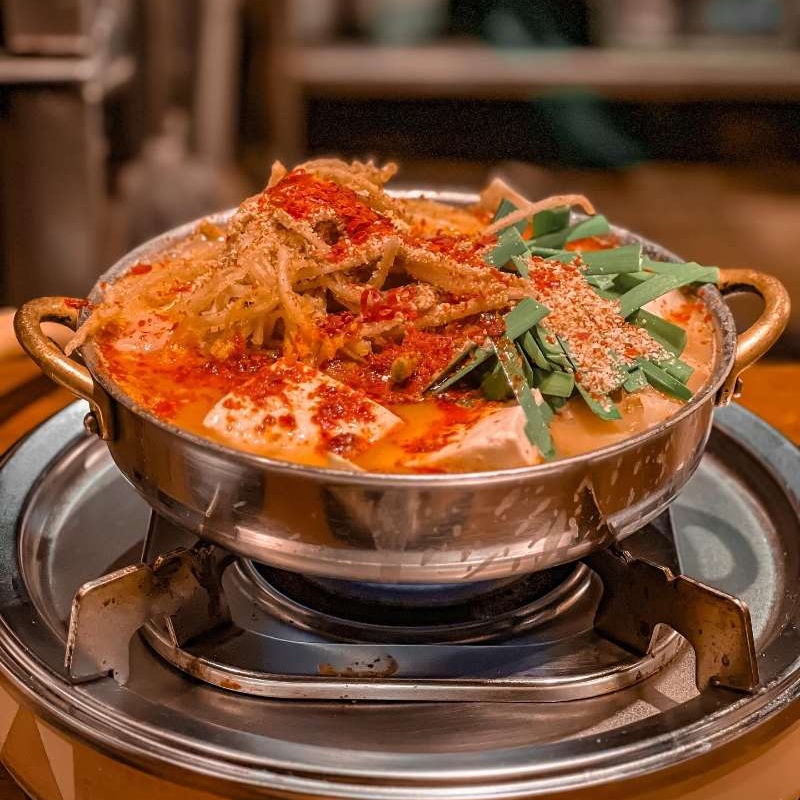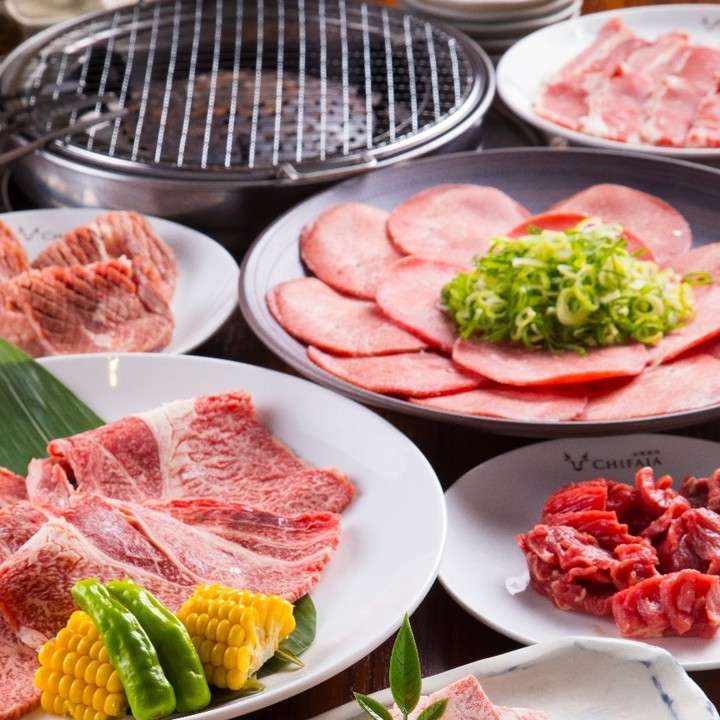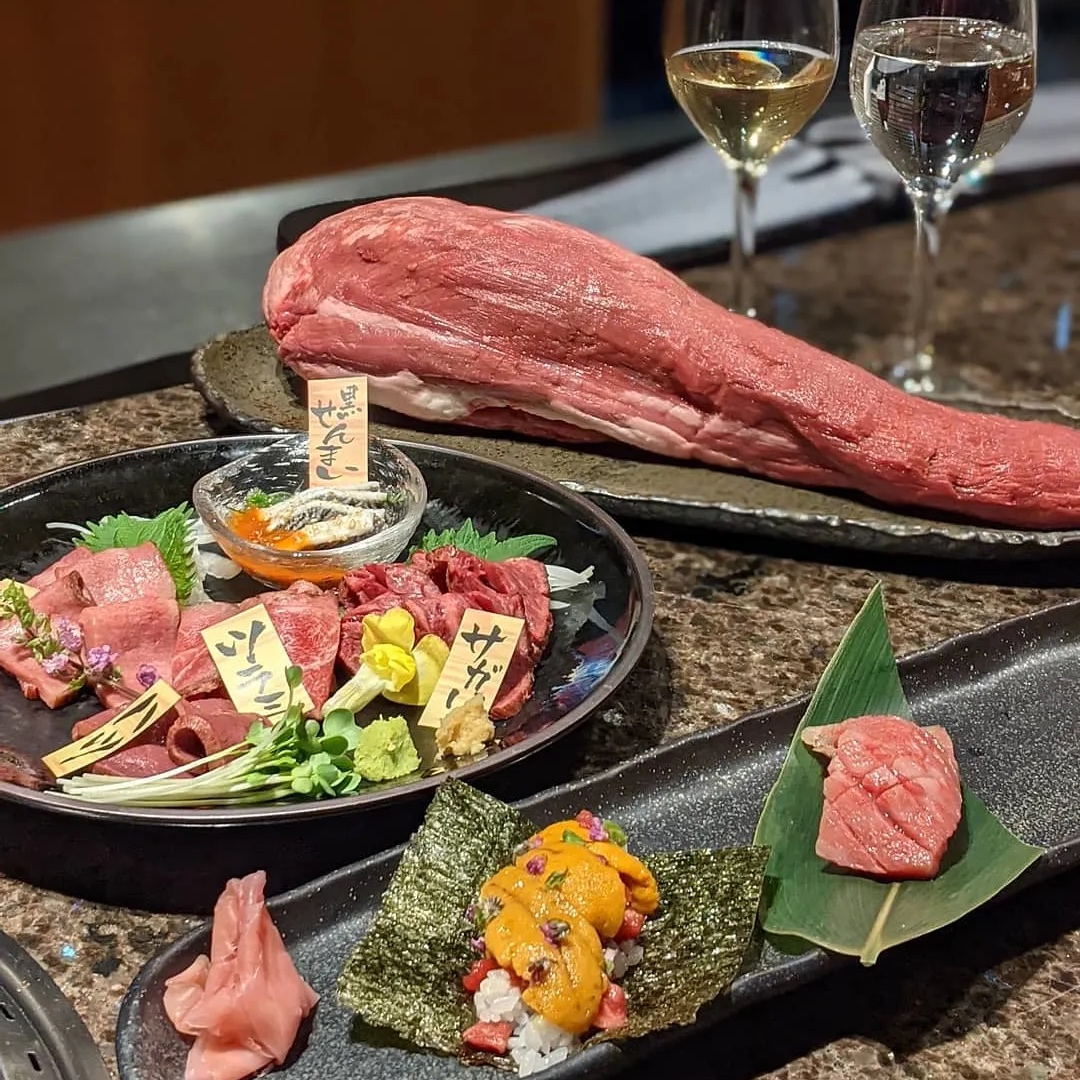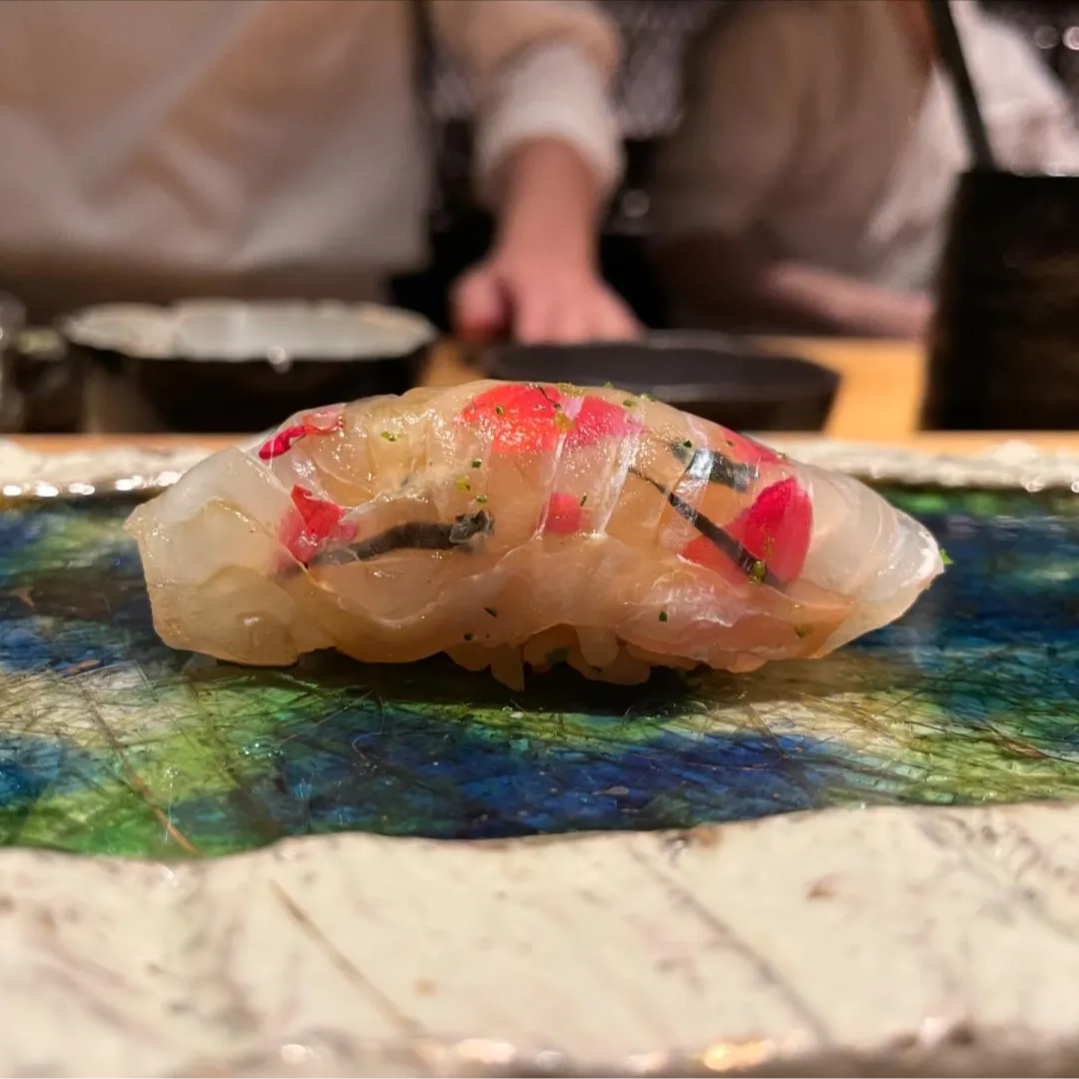The cycle of the seasons of the year and the gifts of nature, and wagashi food perfectly integrates their essence into delicious cuisine, and kaiseki cuisine is the source of traditional wagashi.
In the Edo period, there was a proverb that said", "If you eat seasonal food, you can live for 75 days longer." This is because food contains the so-called "ki" (vital energy), and it is important to follow the seasons, selecting limited ingredients that are available only once a year, and feeling the change of the seasons through the food. This is what Kaiseki cuisine is all about.
For Japanese food, the highest level of enjoyment is to be able to create a picture in your mind's eye through cooking, and based on this feeling, enjoying the food will be even more delicious. The aesthetics of kaiseki cuisine is beyond the existence of food, and the sense of superiority of kaiseki cuisine comes from this elegant and understated insistence. Not only does it have a high level of philosophy and culture, but it also gives you a sense of the fusion of nature and people.
Kaiseki cuisine is usually a multi-course set meal, which generally includes an appetiser, main course, soup, boiled food, grilled food, sour food and dessert. Each dish is delicate and refined, and usually does not use a lot of fat or seasonings, pursuing the taste and nutritional value of the ingredients themselves.
Strolling through the old alleys of Kyoto and savouring the deep Zen-like flavours of kaiseki cuisine is an excellent way to experience Japan. Kyoto's best kaiseki restaurants attract many international diners, and reservations are required months in advance. We recommend four Kyoto kaiseki restaurants that are highly rated on Ikyu and Hitosara.

 30000-39999 円
30000-39999 円 30000-39999 円
30000-39999 円



 3.92
3.92







